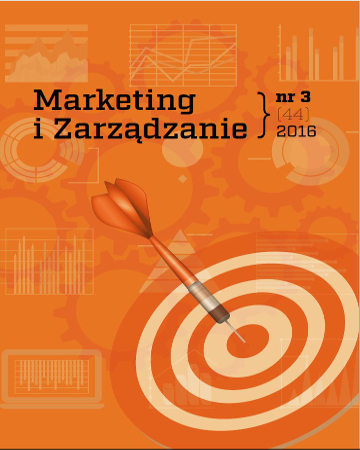
ISSN: 2450-775X
eISSN: 2353-2874
OAI
DOI: 10.18276/miz.2016.44-06



Issue archive /
nr 3 (44) 2016
The legislations and countries operating in the new approach to technical harmonization and standards as an aspect of consumer safety
| Authors: |
Marcin
Pigłowski
Akademia Morska w Gdyni, Wydział Przedsiębiorczości i Towaroznawstwa |
| Keywords: | European Union new approach legislations cluster analysis |
| Data publikacji całości: | 2016 |
| Page range: | 9 (73-81) |
| Klasyfikacja JEL: | C38 K32 P46 |
Abstract
In 1985, the Council issued the Resolution on a new approach to technical harmonization and standards. On the basis of the Resolution, legislations were issued, which are in force mainly in the countries of the European Union (EU) and the wider European Economic Area (EEA). They contain essential requirements for products placed on the EU market. The notified bodies are involved in the conformity assessment with those requirements. The goal of the article was to examine whether and which notifications (of notified bodies) related to legislations and countries (or groups of legislations and countries) had a dominant influence on shaping of ensuring of consumer safety. The calculations were made in Statistica 10 using the cluster analysis. It was found out that the division into clusters within the legislations and countries depended on the number of notifications (and in the case of legislation – additionally on similar types of products / risks). The legislations and countries with a big number of notifications created separate (or even single) clusters. Amending the former or issuing the new legislations should be linked to the development of a possibility of products assessment by the notified bodies from the smaller EU countries. In this process attention should be also paid to the products often notified in the RAPEX (Rapid Alert System for non-food dangerous products).
Download file
Article file
Bibliography
| 1. | Council (1985). Council Resolution 85/C 136/01 of 7 May 1985 on a new approach to technical harmonization and standards. OJ C 136. |
| 2. | Council (1989). Council Resolution 90/C 10/01 of 21 December 1989 on a global approach to conformity assessment. OJ C 10. |
| 3. | Egan, M. (2002). Setting standards: strategic advantages in international trade. Business Strategy Review 13 (1), 51‒64. |
| 4. | European Commission (2015). Keeping European Consumers safe Rapid Alert System for dangerous non-food products. 2014 Complete Statistics. Brussels: Directorate-General for Justice and Consumers Directorate Consumers. |
| 5. | European Commission (17.02.2016). Nando (New Approach Notified and Designated Organisations) Information System. Retrieved from: http://ec.europa.eu/growth/tools-databases/nando/. |
| 6. | Pigłowski, M. (2015). Współzależność notyfikacji w zakresie nowego podejścia z krajów zachodniej i wschodniej Unii Europejskiej. Zeszyty Naukowe Uniwersytetu Szczecińskiego, 865. Problemy Zarządzania, Finansów i Marketingu, 38, 57‒66. |
| 7. | Stanisz, A. (2007). Przystępny kurs statystyki z zastosowaniem STATISTICA PL na przykładach z medycyny. Tom 3. Analizy wielowymiarowe. Kraków: StatSoft. |
| 8. | Young, A.R. (2004). The incidental fortress: the single European Market and World Trade. JCMS: Journal of Common Market Studies 42 (2), 393‒414. |